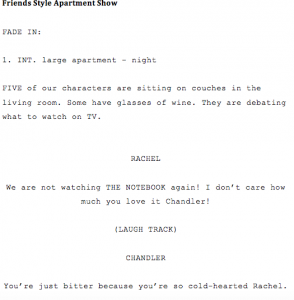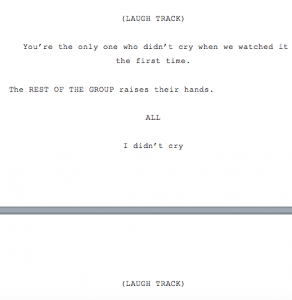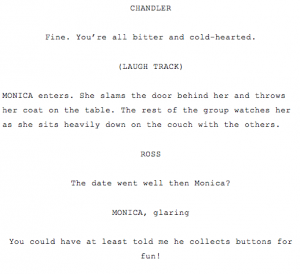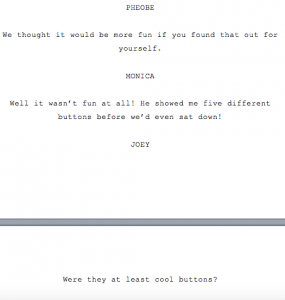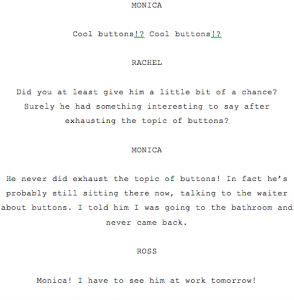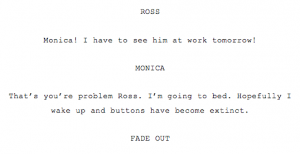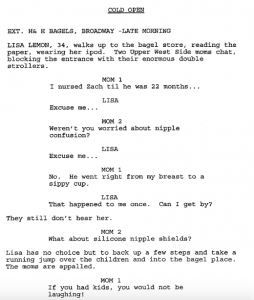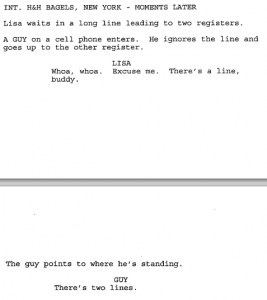27th March, 1986 from Ellen McCutchan on Vimeo.
(The video with rmit credits is in my google drive folder)
My idea for this brief has remained fairly intact since the beginning of the semester. When we first introduced to Building 20, I knew that I would probably involve my dad in this project somehow. How could I look past the fact that it was his first workplace, the place where he started his now 30 year long career?
The Russell Street Bombing came about as an area of interest after my dad mentioned Angela Taylor (who dies in the bombing) and the memorial run that takes place in her honour.
My work on this project began early in the semester when we were asked to brainstorm ideas for this final brief. I though about interviewing my dad, and having the focus be on the bombing. After asking him if he’d be my subject, and his enthusiastic response (he claims he’s now going to get a talent agent), I knew I’d probably be sticking to my pitch.
As part of brief 3, my real work on this project began. I researched the Russell Street Bombing for hours, and I spoke to my dad about it often. I wrote interview questions, and then edited them as I talked to my dad about what he would like to speak about. I storyboarded the final product, and made a long list of all the shots I wanted to get. I got an idea of the best parts of Building 20 in which to film my piece.
In the week before our shoot day, Cassie, Jess and I collected some exterior shots of Building 20. This helped us get to know the camera and the best angles for shooting outside. The weather on this day was perfect for what I needed, and I meant i didn’t have to go back after the final shoot.
On the shoot day, we set up cameras and lights, and I sat with my dad for just over an hour. We covered everything I wanted to, as well as some other great stuff he remembered as we went. We then walked around the building and collected shots of him walking around his first workplace. He left for lunch, and I spent about another hour collecting shots of the building.
I worked on editing this project over the final two weeks of semester.
For me, being able to interview my dad was the best part of this brief. Building 20, to me, is just an RMIT admin building, but to him, it is a lot more. In the lead up to filming this project I heard countless stories of my 20s spent at the Magistrates’ Court. Some people might be bored by this, but I’m always eager to learn more about my parents’ youth; they don’t give much away.
The most difficult part of this brief was the editing. While I’m confident with photoshop, and somewhat okay with garageband, I’ve never really spent much time in Premiere. I feel that my project has come out fine, but not the quality that I would have liked. Some shots seem shaky, I’m not sure the sound is great and colouring isn’t consistent. However, having to edit this piece entirely on my own (and YouTube) has drastically improved my skills, and by the time I was almost finished I was moving quite quickly through the program.
I also struggled to find the perfect music for my project. As I edited I had a clear idea in my head of the music I would have liked. However, after hours of searching, I settled on two tracks that I feel compliment the tone and mood I am trying to convey.
If I were to complete this brief again I would probably use the less stressful weeks of the semester to work on my editing skills. I would look for music before even shooting. I would have shot more interior shots of the building, as even though I had more than I needed, too much is never enough.
This brief has really helped me to see a connection between place and memory. I have seen the way different people see places in different lights, and experience different emotions connected to a place. I have been able to explore the way a place can have an effect on a persons’ life, and the way a single event can change the perception of a place forever.
